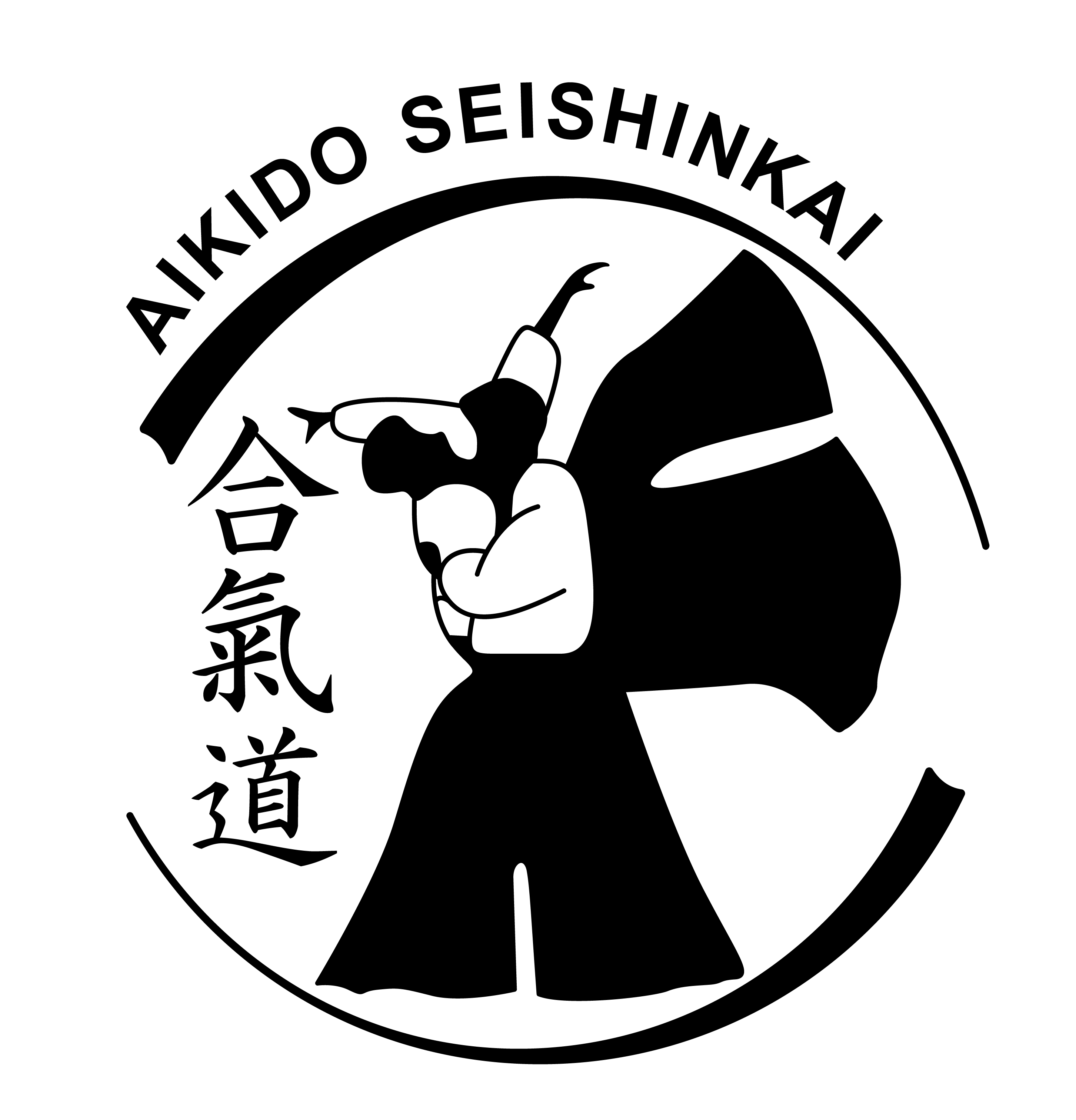[The second samurai clan to control Japan extensively was the Ashikaga, 1336-1573. The Ashikaga lived in the Kyoto suburb of Muromachi to keep an eye on the Emperor, but soon fell prey to the luxurious life of the capital. Heavy taxes were imposed on the peasants, one half to two thirds of their production, to pay for samurai extravagance. Peasant groups [Ikki] revolted with some success. [Oda Nobunaga later suppressed them with great difficulty.]
The Ashikaga engaged in trade with China. They received porcelains, brocades and other luxuries. The Japanese shipped raw materials and arms, principally appallingly low-quality sword blades, in their thousands.
As the 15th century drew to a close, fortunes and reputations were gained and lost with a bewildering rapidity. Those with sufficient courage or guile prospered while the weak and indecisive went under. Gekokujo [those under overthrowing those above] was at its height, with long-established families sinking into obscurity, while newcomers rose to positions of power and prominence. With such treachery and military aggression almost commonplace, it is hardly surprising that the demand for trappings of war was at an unprecedented level.
Muromachi fortresses took on a more permanent character. The golden age of castle building occurred later during the 16th and early 17th centuries.
As tactics improved and the coordination of large numbers of troops became important, identification on the battlefield grew in significance. It now became common practice to equip each member of a company with a flag called a sashimono, worn in a holder attached to the backplate of the chest and back protector [do].




